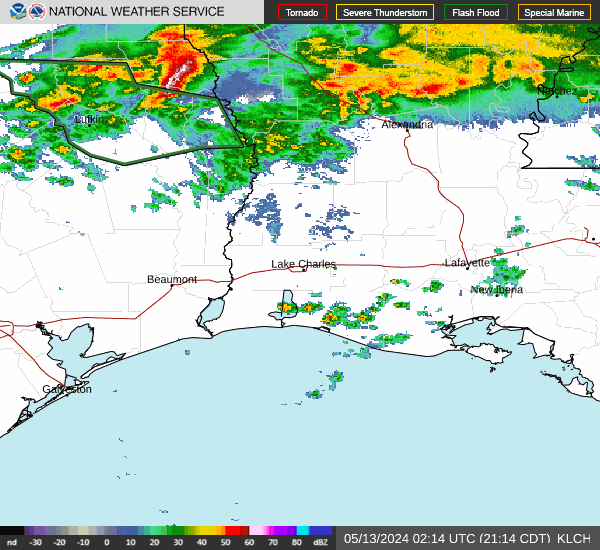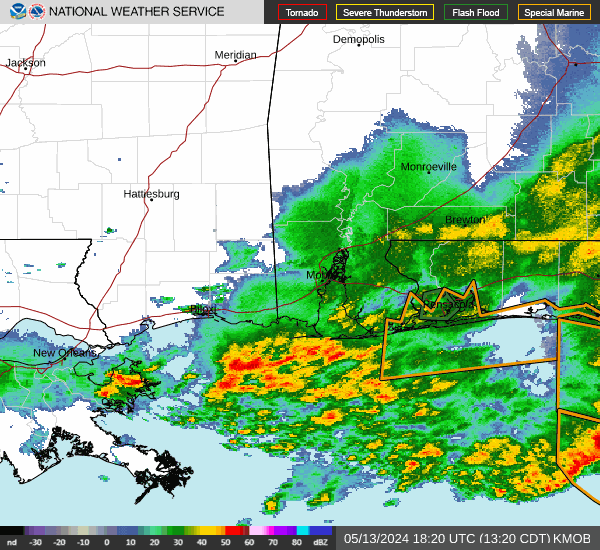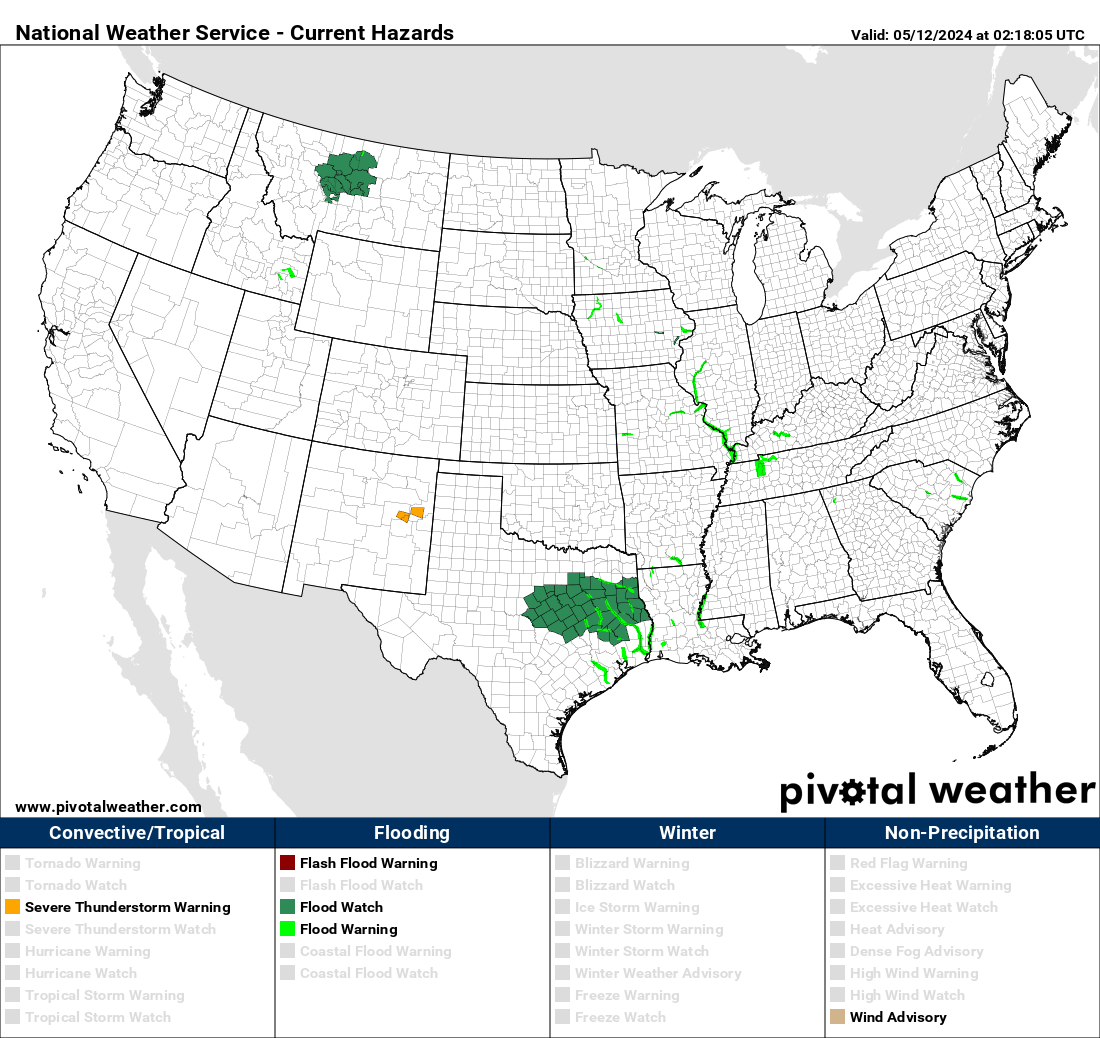Post by tigergirl on Aug 16, 2008 6:53:30 GMT -6
This video(SLIDE SHOW) was shown at our local libraries in Lafourche parish. Here is an article about the video that shows if a major storm was to hit our area.
www.lsu.edu/departments/laseagrant/hurricane/lafourche.htm
www.lsu.edu/departments/laseagrant/hurricane/lafourche.htm
| South Lafourche residents get eyeful of storm threats PERRY PITRE South Lafourche Correspondent Published: Friday, August 15, 2008 at 3:00 p.m. Last Modified: Friday, August 15, 2008 at 1:55 p.m. CUT OFF – What if Hurricane Rita had hit us? What can be learned from finding out? Plenty, say scientists from the LSU AgCenter and Louisiana Sea Grant. Their study of that very issue, now being shared at various public meetings in Lafourche and Terrebonne, is designed to bring the point home. The program, already presented in Thibodaux and now bound for Terrebonne, is titled “The Next Storm Surge.” Around 80 people crowded into the South Lafourche Library in Cut Off Thursday evening to hear and see what could be expected should a major storm like Rita or Katrina target this area directly. The program included computer models of what familiar landmarks would actually look like once inundated by surge. Their main point is simple: due to coastal erosion and an increase in the number and intensity of hurricanes, this is a far more dangerous time. “My point of view would be to make sure that people don’t make a judgment based on an old storm,” Maurice Wolcott, a geologist working with Sea Grant said. “People think ‘We survived Camille, we can survive anything. This area survived Betsy, we can survive anything.’ Every storm is different. We live in a different coastal Louisiana now than we did then. And we seem to be in a period of time where hurricanes intensify very quickly in the Gulf of Mexico. Every storm has the potential, when it’s in the Gulf of Mexico, to become a Katrina or a Rita.” Calling Rita “the hurricane the news media forgot,” Wolcott, along with Sea Grant biologist David Bourgeois, used computer animation to show just how extensive the damage from Rita was, and how far computer modeling has come in being able to predict which areas would be flooded. “The media discovered a new phrase: storm surge,” Wolcott said. One map superimposed the actual flooding from Rita over predictions made before the storm by new modeling software called Adcirc. The two are virtually identical. Using this technology, LSU scientists modeled a series of predictions showing what would have happened if Rita had taken different tracks. One track, called the “west track,” had Rita coming ashore in St. Mary Parish. The “east track” had Rita making landfall on the Terrebonne-Lafourche border. “If Rita had come ashore around Port Fourchon, we would have had 4 feet of water in the Thibodaux High School parking lot,” Wolcott said. Lower lying areas fared far less well. A landfall in St. Mary Parish would have created an 11 to 13 foot storm surge in both Golden Meadow and Houma. The majority of both parishes would have been underwater, with depths ranging up to 10 feet. Even areas considered “safe,” like Thibodaux, would have had to deal with major flooding. “Ninety percent of deaths in a hurricane come from storm surge,” Wolcott said, as he displayed satellite imagery showing the devastation caused by Rita’s surge. “In Cameron Parish, some homes were found five miles from their foundations.” While levees offer some protection, Wolcott and Bourgeois warned that they are not a panacea. The area inside a levee, for example, subsides at a higher rate than outside the levee, so that flooding, if the levee is topped by a storm surge, is more severe. “Also, levees break. Never forget that,” Wolcott added. All this came as something of a surprise to John and Cindy Richmond of Mathews, who were in attendance at the presentation. “It was a real eye-opening experience, of what could have been,” John said. “It’s kind of scary in a way. We’re originally from Galliano, and we moved to Mathews, thinking that we were going to be safe. And under one scenario, we’re at about 3 or 4 feet of water.” “Now we realize what can happen, and now we have the knowledge,” Cindy said. “When there’s something in the Gulf coming close, we know we need to do something about it.” “Leave. Don’t stay,” John said. “Don’t wait till the last minute. Just go and see what you have left when you come back.” |
















